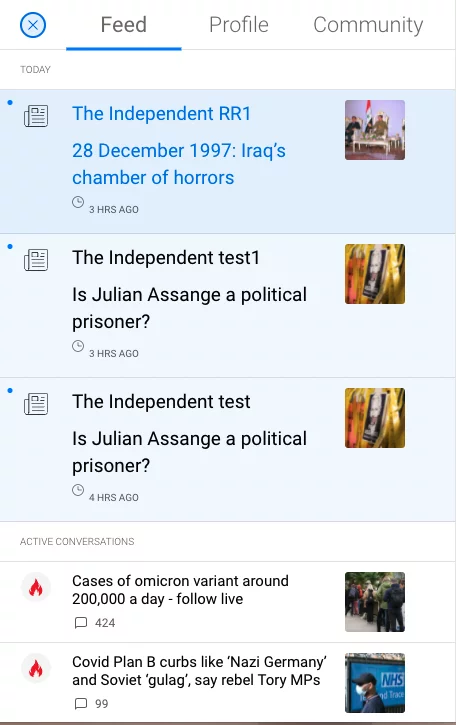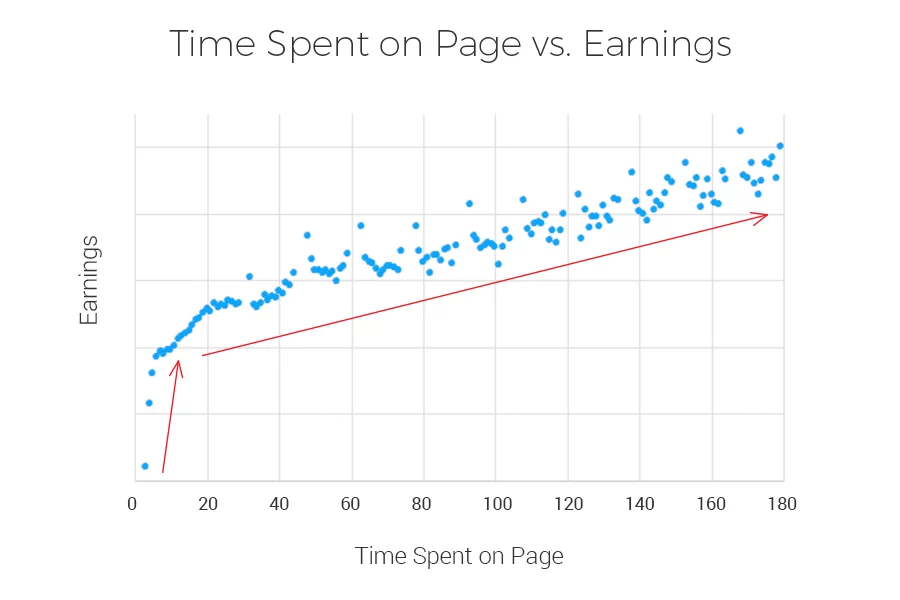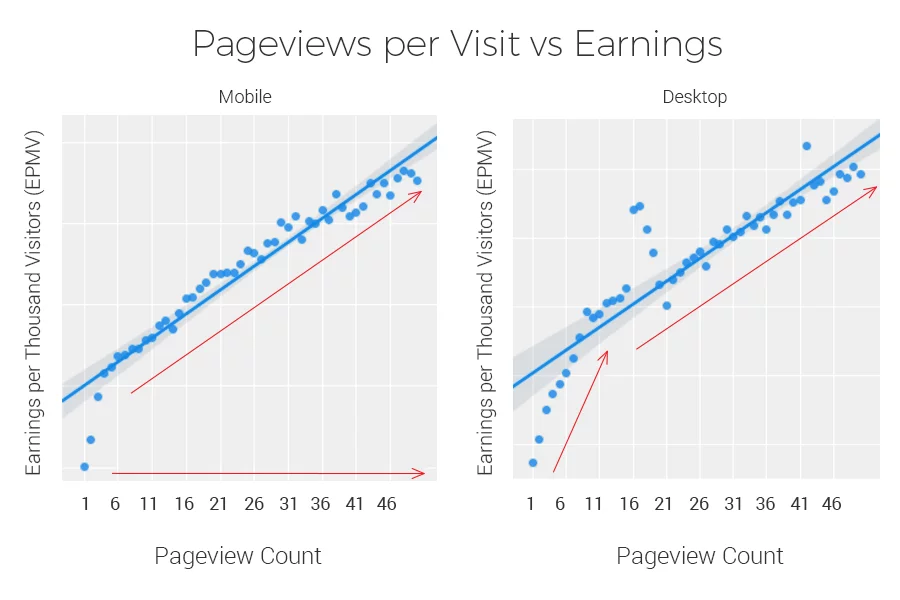While every media company’s journey toward growth and profitability is unique, a single success story has the power to inspire and educate organizations across the industry. Those kinds of stories are partly why media professionals worldwide gathered at WAN-IFRA’s 2021 Virtual World News Media Congress from November 29 to December 2.
One particular case study stood out at the conference, detailing how an engagement strategy overhaul increased The Independent’s registrations by 100% in 12 months.
The speakers were Philippa Jenkins, head of registered audience at The Independent, and Mark Zohar, Viafoura’s president and COO. Here are a couple of takeaways from their session.
The Independent drove 2,000+ website registrations with comments
For any media company, the user registration process is very much transactional. After all, audience members need a good reason to take the time to register and give up their personal information. This give-and-take process is known as a “value exchange.”
However, a paywall, registration wall or newsletter sign-up form isn’t interesting or valuable enough on its own. Jenkins explains that The Independent eventually adopted Viafoura’s digital experience platform as a way to build up its value exchange by offering users a safe space to have quality conversations.
Viafoura’s moderated commenting platform delivered immediate value to The Independent’s users, prompting them to register in return for a positive and interactive online experience. According to Zohar, users respond to moderated commenting tools like Viafoura’s because audiences are social by nature.
“We live in a dialogue society, where we expect to have conversations with each other, and increasingly, people want to have a dialogue with publishers they’re loyal to,” Zohar explains. “They’re really looking for an easy way to leave their opinions on editorial content.”
Generating over 2,000 registrations with Viafoura Conversations, The Independent has proven that publishers can incentivize users to hand over their data.

Comment-led registrations create a chain reaction of engagement
Commenting spaces, along with other conversation-based experiences, play a critical role in converting anonymous online audiences into known, active consumers who read and interact with comments.
Plus, a small portion of registered users produce user-generated content (UGC), which is essentially free content that publishers can use to propel more audience participation, more UGC and, in turn, more registrations.
“Asking why we should have commenting if only a small part of our audience comment is a lot like saying why have YouTube if only 1% of the population will upload a video,” outlines Zohar. “Commenting creates a cascading effect of engagement to an audience segment that wouldn’t spend as much time on your company’s sites without it.”
By reserving its moderated commenting tools for registered users, Jenkins says that The Independent experienced this explosion of engagement and registrations from users who were interested in becoming part of its community.
These registered users are also much more likely to become subscribers than anonymous users, since they’re already engaged community members.
So by embracing moderated comments, The Independent was able to create a healthier value exchange and develop a more profitable business strategy.
Dig deeper into this success story and find out how The Independent kept its registered users engaged and active here.









